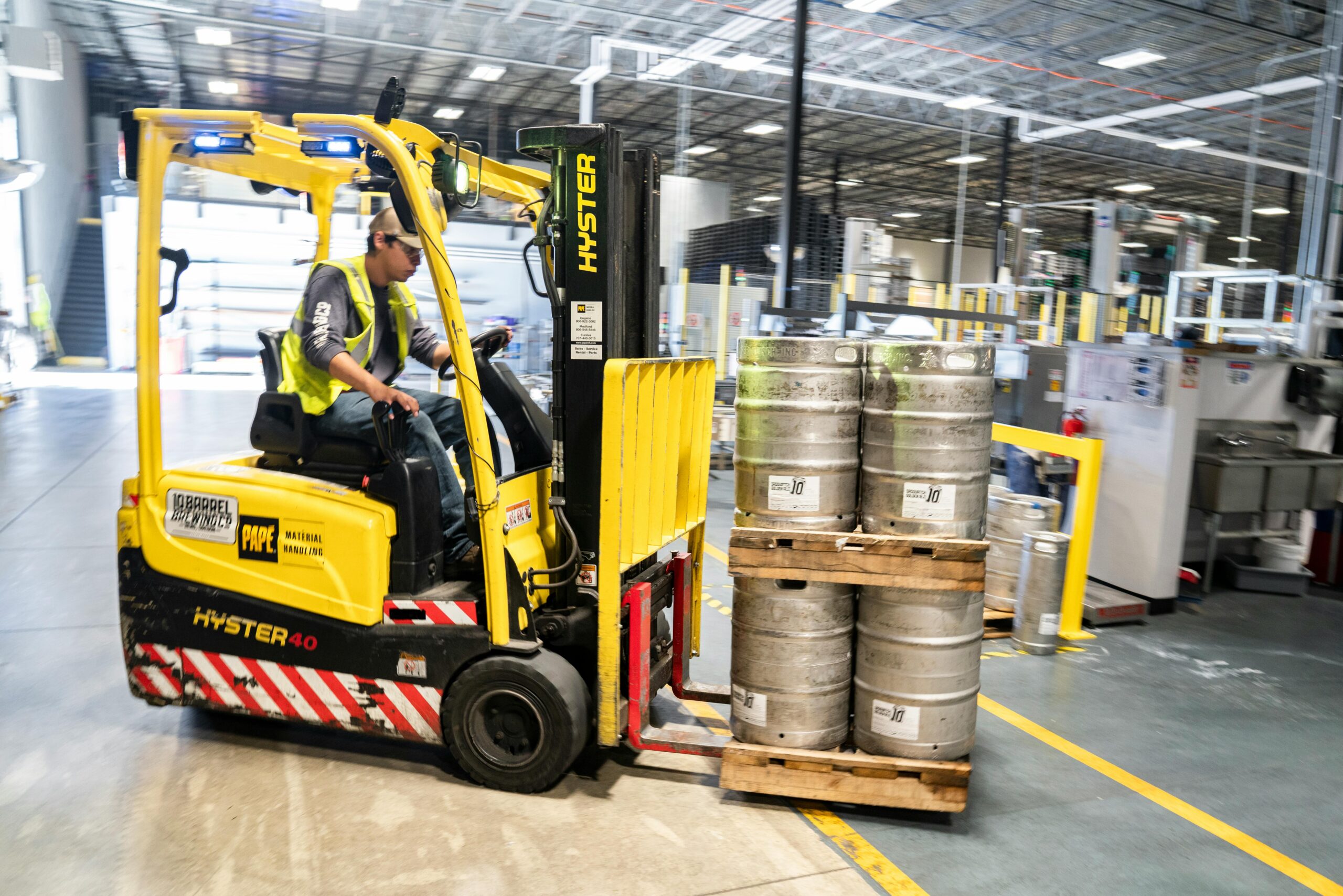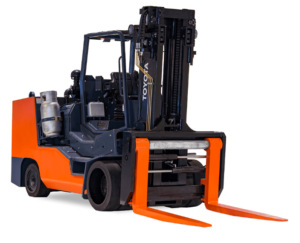When it comes to operating forklifts, safety isn’t optional, it’s essential. OSHA continues to cite forklift-related violations as one of the top safety issues in the workplace. For Florida employers, staying compliant means understanding the most common pitfalls and proactively training employees to avoid them. Here are the top five forklift safety violations and how your business can prevent them.
1. Inadequate Operator Training
Violation: Allowing untrained or improperly trained employees to operate forklifts.
OSHA Regulation: 29 CFR 1910.178(l)
Why It Happens:
- Lack of structured training programs.
- Misunderstanding of OSHA’s specific requirements.
How to Prevent It:
- Require all operators to complete a certified training program.
- Provide training specific to each type of forklift and work environment.
2. Failure to Perform Daily Equipment Inspections
Violation: Not conducting or documenting pre-shift inspections of forklifts.
OSHA Regulation: 29 CFR 1910.178(q)
Why It Happens:
- Rushed work environments.
- Lack of awareness about inspection requirements.
How to Prevent It:
- Provide operators with easy-to-use inspection checklists.
- Train supervisors to verify inspection completion.
- Take equipment out of service immediately if unsafe conditions are found.
3. Improper Use of Equipment
Violation: Using forklifts for tasks they’re not designed for (e.g., lifting people without proper attachments).
OSHA Regulation: 29 CFR 1910.178(m)(12)
Why It Happens:
- Pressure to get the job done quickly.
- Miscommunication between team members.
How to Prevent It:
- Enforce safety protocols strictly.
- Train employees on equipment limitations.
- Use approved attachments and follow manufacturer guidelines.
4. Operating at Unsafe Speeds or Conditions
Violation: Driving too fast, taking sharp turns, or operating on unstable surfaces.
OSHA Regulation: 29 CFR 1910.178(n)
Why It Happens:
- Lack of experience or supervision.
- Poorly defined traffic rules within the facility.
How to Prevent It:
- Post speed limits and safety signage.
- Create designated travel lanes.
- Reinforce speed discipline through training and accountability.
5. Poor Load Handling and Stacking Practices
Violation: Carrying loads that are too heavy, improperly stacked, or obstructing the operator’s view.
OSHA Regulation: 29 CFR 1910.178(o)
Why It Happens:
- Lack of training on load stability.
- Rushed or careless handling.
How to Prevent It:
- Train operators on proper load distribution and visibility.
- Mark maximum weight capacities clearly on forklifts.
- Prohibit unsafe stacking or load height.
Final Thoughts
Most forklift accidents and OSHA citations are avoidable with the right training, equipment checks and safety culture. As an employer, investing in proactive safety practices not only keeps your workforce protected it also protects your bottom line.
OSHA compliance services in Florida
Need help ensuring your team is OSHA-compliant?
Frequently Asked Questions
What are the top OSHA forklift safety violations in Florida?
Common violations include:
- Improper storage or stacking of loads: These violations are frequently cited during OSHA inspections and can result in costly fines and increased liability.
- Operating forklifts without proper certification
- Failing to inspect equipment before use
- Exceeding safe load capacities
- Inadequate operator training
How often should forklift operators be re-certified?
OSHA requires forklift operators to be re-evaluated at least once every three years. However, retraining must occur sooner if the operator is involved in an accident, observed operating unsafely, or when workplace conditions or equipment change significantly.
What is required on a forklift inspection checklist?
A proper checklist includes:
- Battery and horn functionality
- Pre-operation inspections are mandatory and should be documented daily.
- Tire condition and pressure
- Fork condition and alignment
- Brake function
- Steering and controls
- Warning devices and lights
- Fluid levels (oil, fuel, hydraulics)
Does on-site forklift training meet OSHA requirements?
Yes, if conducted properly. OSHA allows on-site training as long as it includes formal instruction (e.g., classroom or video), practical training (hands-on use), and a performance evaluation by a qualified trainer. The training must be specific to the equipment and work environment.



